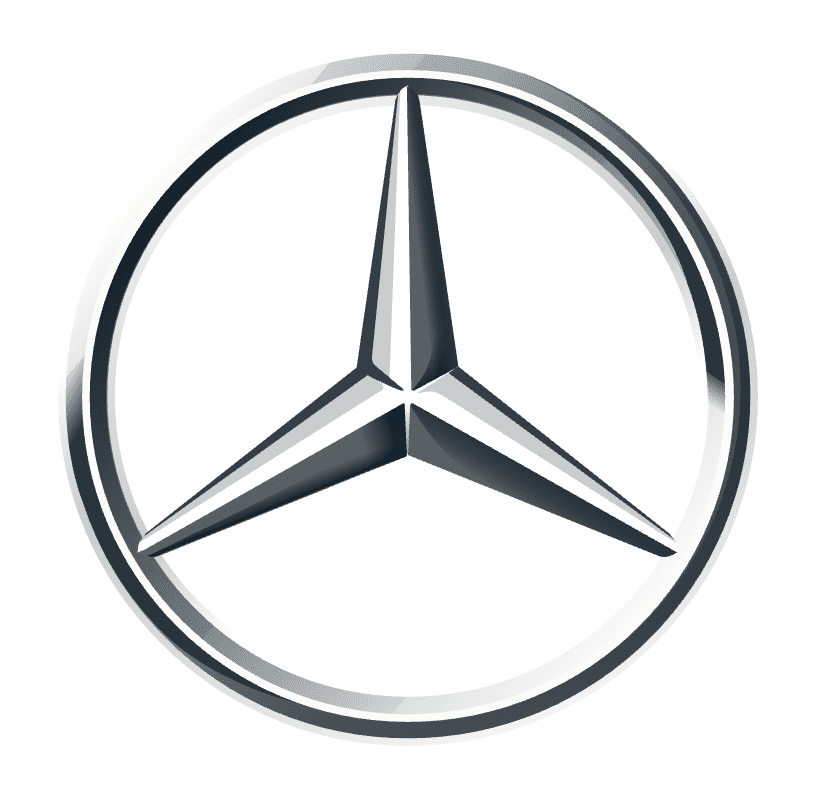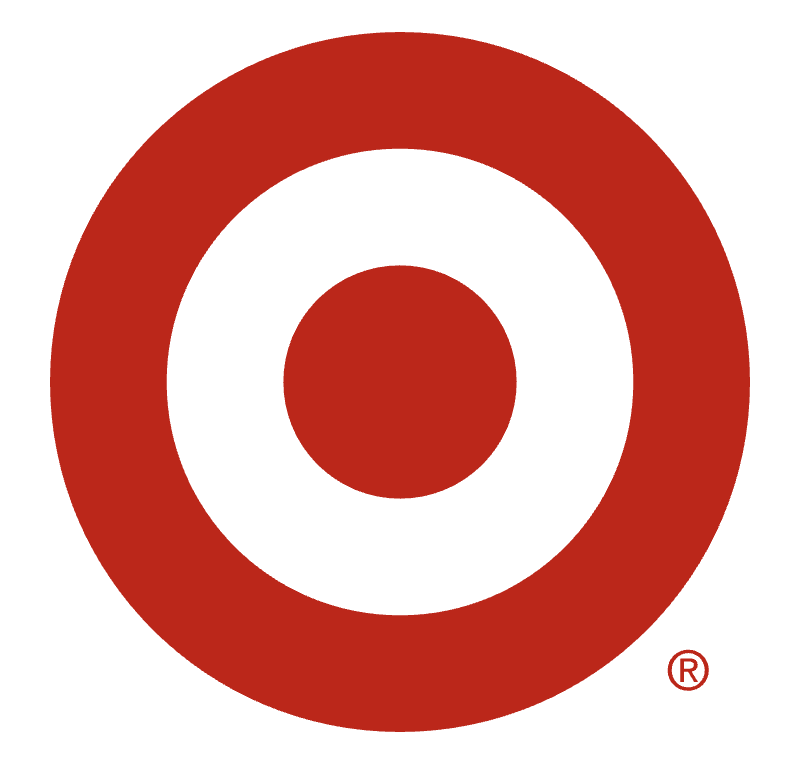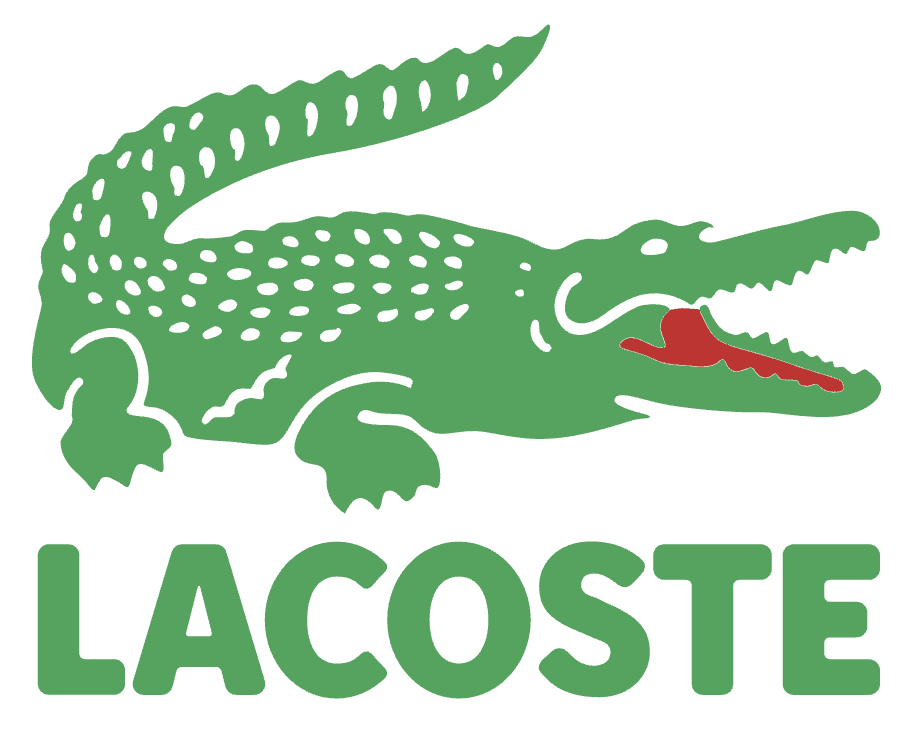A logo’s power often lies in its symbols—visual shorthand that conveys a brand’s values and story. Symbolic logos use shapes, icons, or motifs to evoke emotions and ideas, creating instant connections. This article explores the art of symbolism in logo design, showcasing five brands that use iconic symbols to build memorable identities.
Why Symbols Matter in Logos
Symbols distill complex ideas into simple visuals, making logos timeless and universal. A well-crafted symbol can communicate trust, energy, or heritage without words, thriving across cultures and platforms. For Worldvectorlogo’s audience, mastering symbolism is key to designing logos with depth. Let’s look at five brands that excel at embedding meaning in their icons.
1. Mercedes-Benz: The Star of Excellence

Mercedes-Benz’s three-pointed star in a circle symbolizes dominance over land, sea, and air. Introduced in 1909, it radiates luxury and precision, shining on car grilles and ads. The sleek, silver design feels modern yet timeless. Mercedes-Benz shows how a single symbol can embody aspiration and heritage.
2. Target: A Bullseye for Connection

Target’s logo, a red bullseye with concentric circles, represents focus and accessibility. Since 1962, its bold, minimalist design has symbolized hitting the mark for shoppers. It scales seamlessly for store signs, apps, and bags. Target’s bullseye proves that a simple shape can evoke warmth and reliability.
3. Shell: A Scallop of Progress

Shell’s logo, a red-and-yellow scallop shell, nods to its origins in seashell trading. Evolving since 1904, the bold, geometric design now symbolizes energy and innovation. It’s striking on gas stations and packaging. Shell’s symbol shows how a natural motif can evolve into a modern icon.
4. Lacoste: The Crocodile’s Bite

Lacoste’s green crocodile, inspired by founder René Lacoste’s tennis nickname, exudes tenacity and style. Since 1933, the embroidered logo has defined preppy elegance on polos and ads. Its compact, detailed design works at any size. Lacoste proves that an animal symbol can embody personality and prestige.
5. WWF: A Panda for Conservation

The World Wildlife Fund’s logo, a black-and-white panda, symbolizes global conservation. Designed in 1961, its soft, minimalist form evokes care and urgency, thriving on campaigns and merchandise. The panda’s universal appeal crosses borders. WWF shows how a symbolic animal can rally a cause.
Tips for Symbolic Logo Design
Creating a symbolic logo requires clarity and intent. Here’s how to make it work:
- Choose Meaningful Icons: Pick symbols that align with your brand’s values or story.
- Keep It Simple: Ensure the symbol is bold and recognizable at small sizes.
- Add Cultural Depth: Consider symbols with universal or culturally resonant meanings.
- Test Versatility: Confirm the symbol works in color, monochrome, and across media.
- Balance with Typography: Pair the symbol with a font that complements its vibe.
Conclusion
Symbolic logos are visual poetry, packing meaning into simple forms. At Worldvectorlogo, we’re passionate about designs that tell stories through icons. Let Mercedes-Benz, Target, Shell, Lacoste, and WWF inspire you to create logos with powerful symbols. Visit Worldvectorlogo.com to explore our vector logo resources and start crafting iconic designs!
